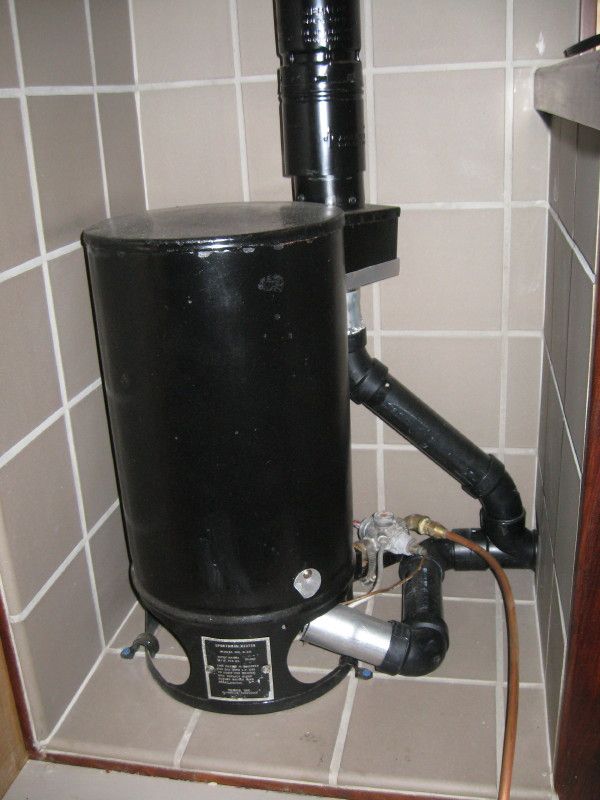free radical wrote:
RoyB wrote:
You might want to look into these Platinum CAT Propane Heaters...
This one shown on GOOGLE is mounted to a RV cabinet door and is vented to the outside.


Roy Ken
That's a Nice unit,but still needs electrical power to run,right?
so if the battery died it wouldn't work I'm guessing..
Ill keep searching the net some more to see what's available
It's a GREAT unit, and barely uses any electrical power. Less than 2 amp hours per day! Just some power to run a tiny fan to exhaust the flue gas, and ignite the flame on the burner.
However that unit was not available when my Olympic Catalytic heater was made in 1994. I have a 6,000 Btu unit on feet, and a quick disconnect gas line under the stove. I need to keep 'A' roof vent open about 1/2" and a window open about 1/2" - just like while cooking on the propane stove. I actually open all 3 roof vents about 1/3" and the kitchen window (over the formica and kitchen sink - in case rain comes in) so that I make sure I have plenty of ventilation. It does not have any outside air vent for the combustion gas, but also does not produce "Much" Carbon Monoxide. My CO detector has never gone off.
My RV I installed a 'e-meter' that monitors the power used by the batteries. I consume about 35 amp hours daily to run the CO meter, propane detector and run the refrigerator. I have 220 amp hour battery bank, and that will run the RV for a long weekend before recharging via a generator.
I have a pair of 120 watt solar panels, each can put out 35 AH.
If you are really worried about running the battery dead, then get a couple of 100 - 150 watt solar panels.
SunElec.com sells solar panels for about $1 per rated watt. You will also need a PWM solar controller if you select 12 volt nominal solar panels (actual 21.0 volts open circuit) and you can also use a MPPT controller, however it's extra cost is no longer cost effective. (cheaper to buy 20% more panel wattage than to get the more expensive MPPT controller). With 34 and higher open circuit solar panels, then you are required to use MPPT controllers. Some can take in as much as 150 volts and still put out 13.5 to charge your batteries.
Why higher voltage? IT all has to do with voltage drop. With a RV, you only have a 30' wire run (unless you have one of those fictional 60' long RV's) and there is barely any voltage loss. However you will use smaller wire with the higher voltage panels. With 4 panels in series, say 24 volt nominal output, you will have 100 - 150 volts open circuit voltage, and only about 4-6 amps of power. Still will be putting out 400 - 800 watts, but not much amperage.
Have fun camping!
Fred.


